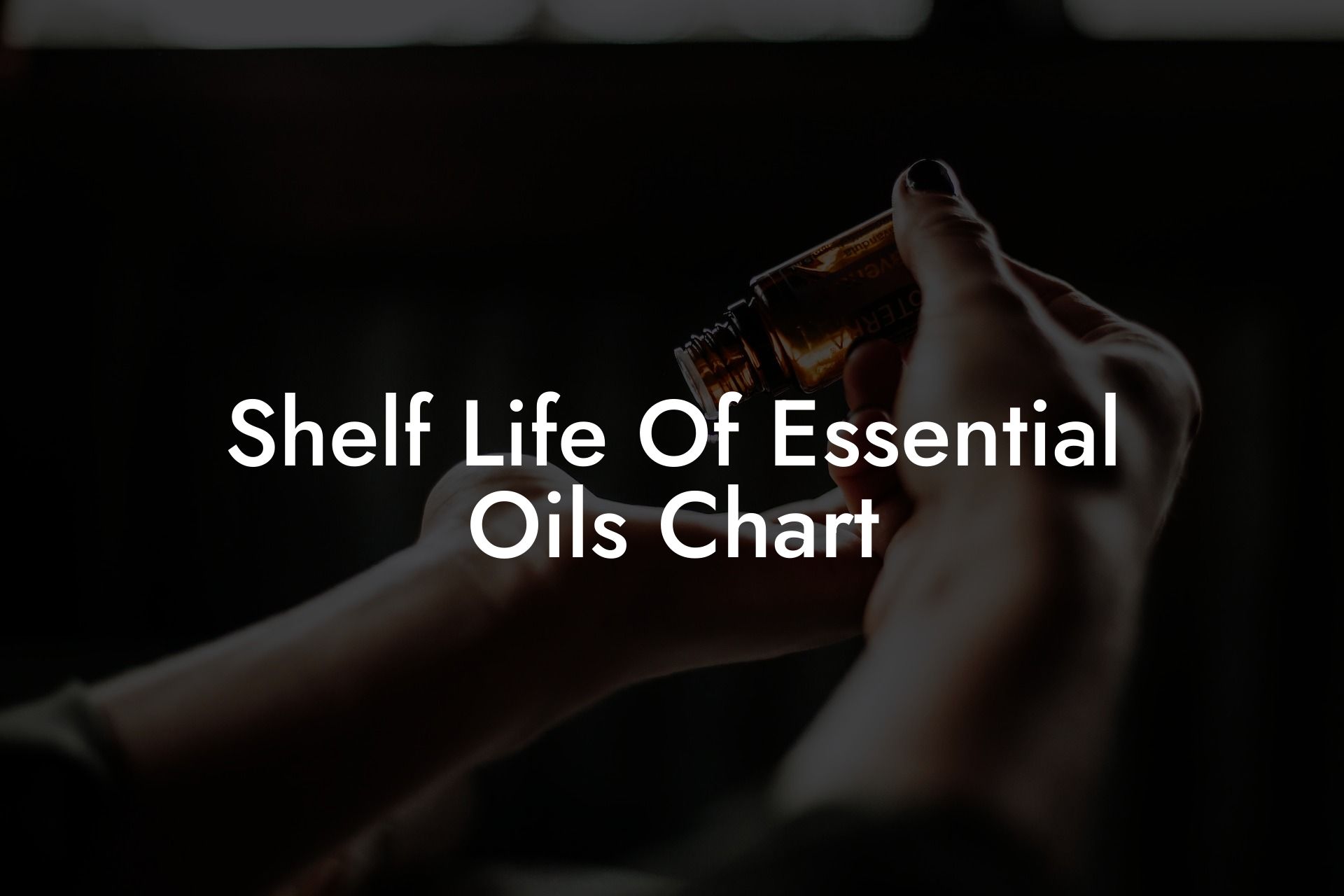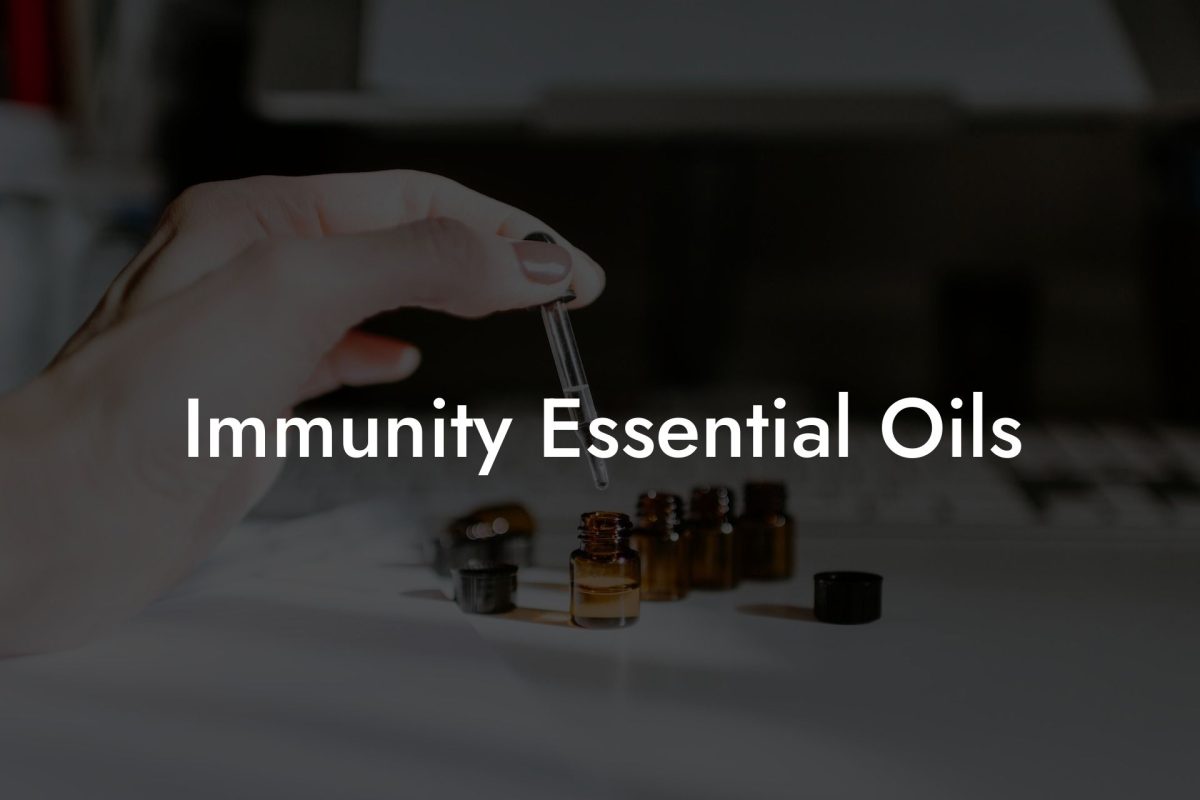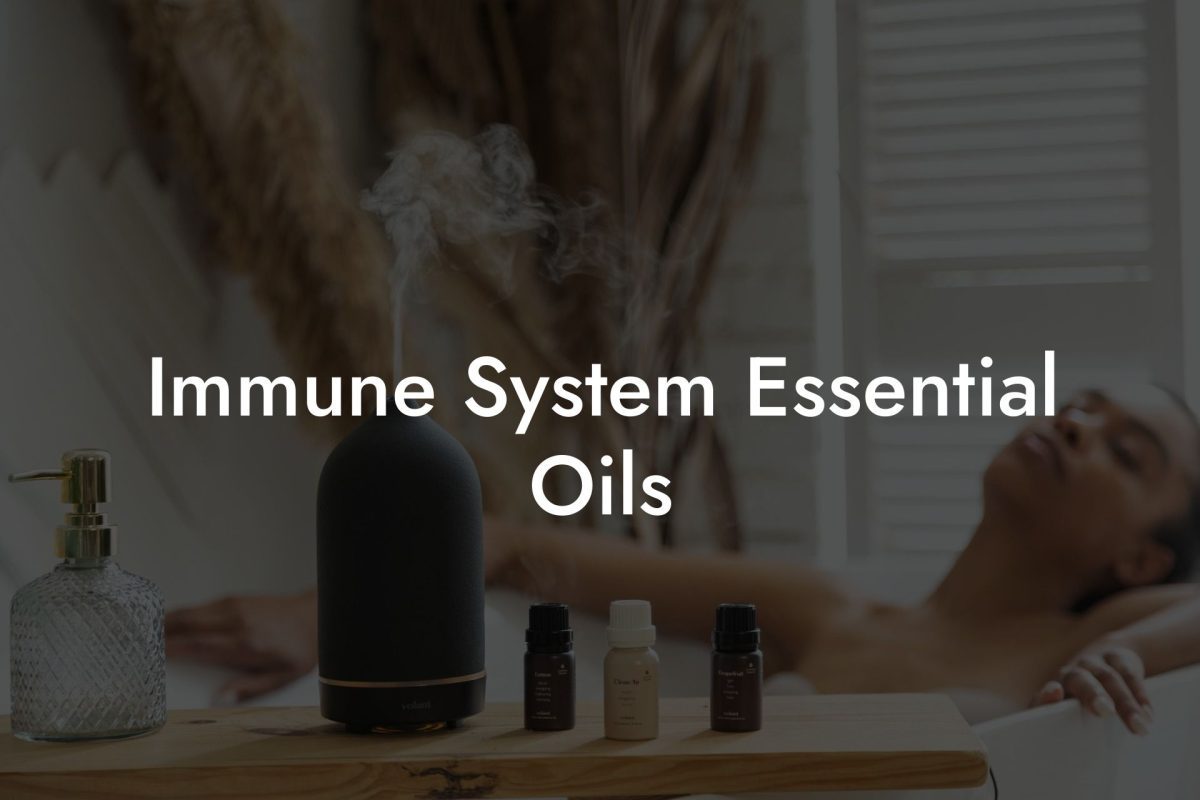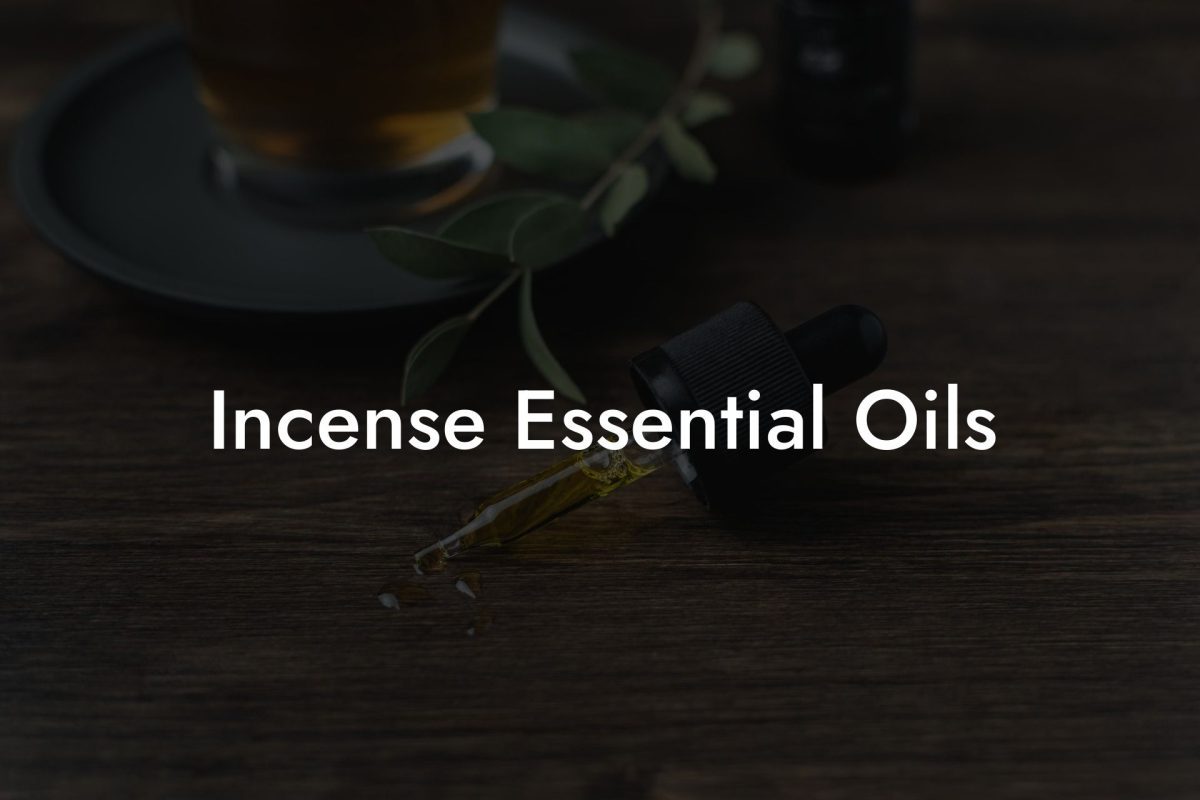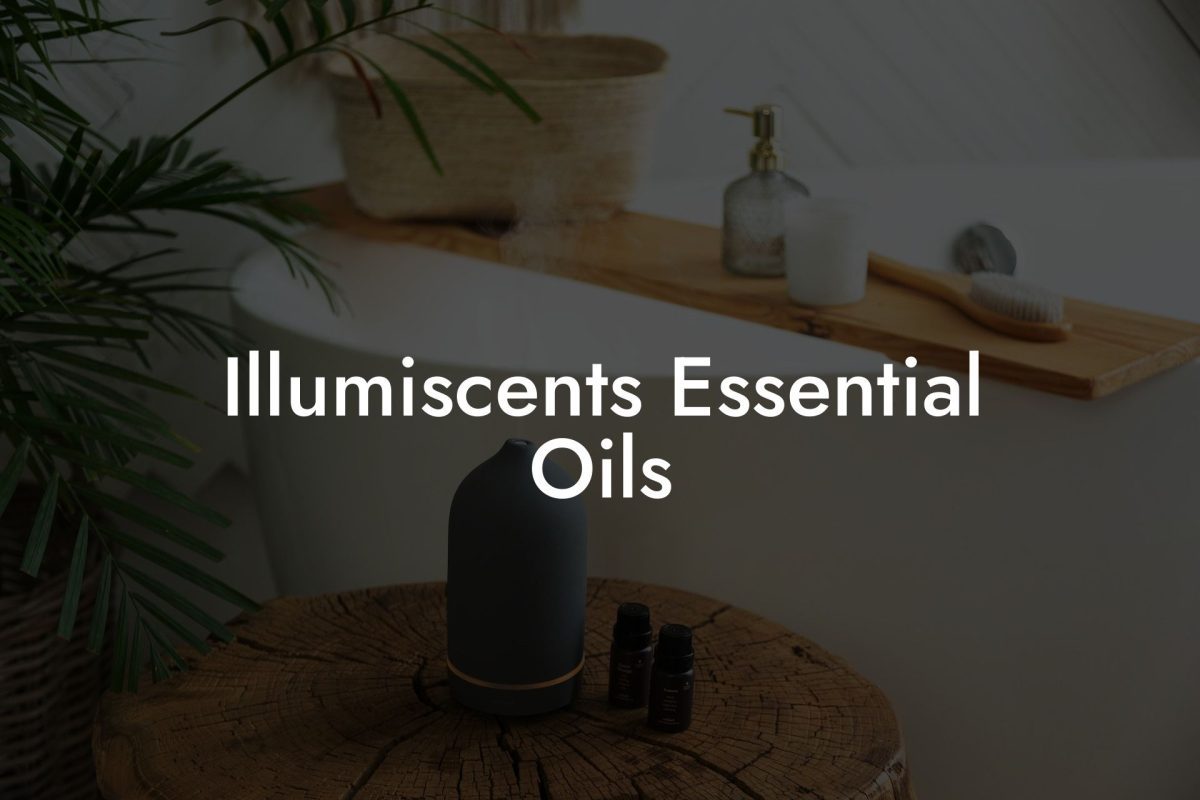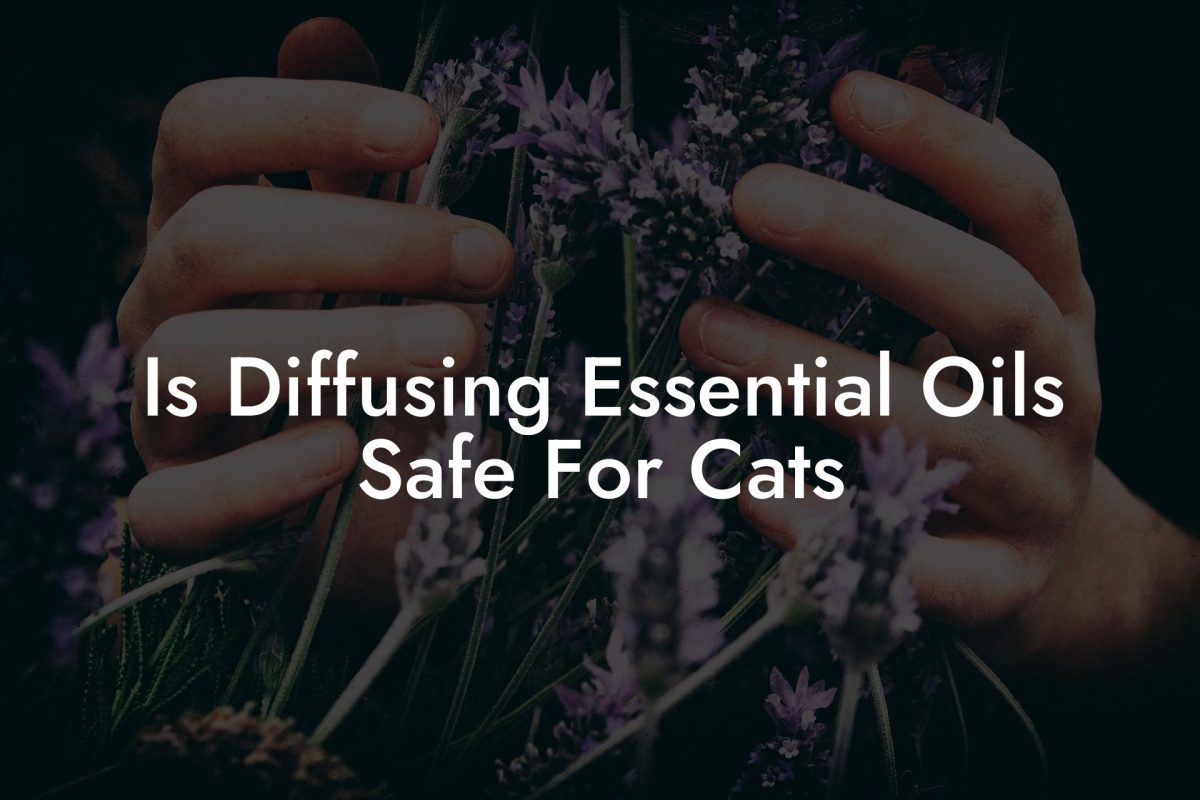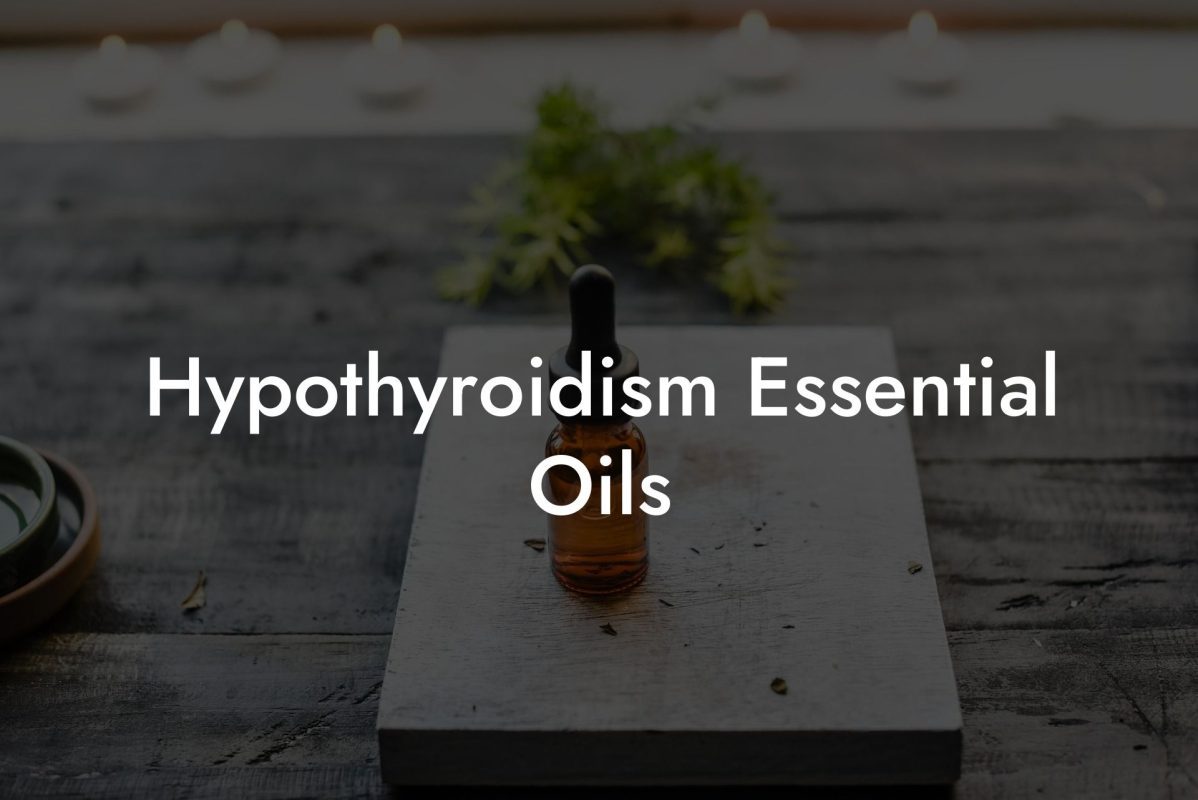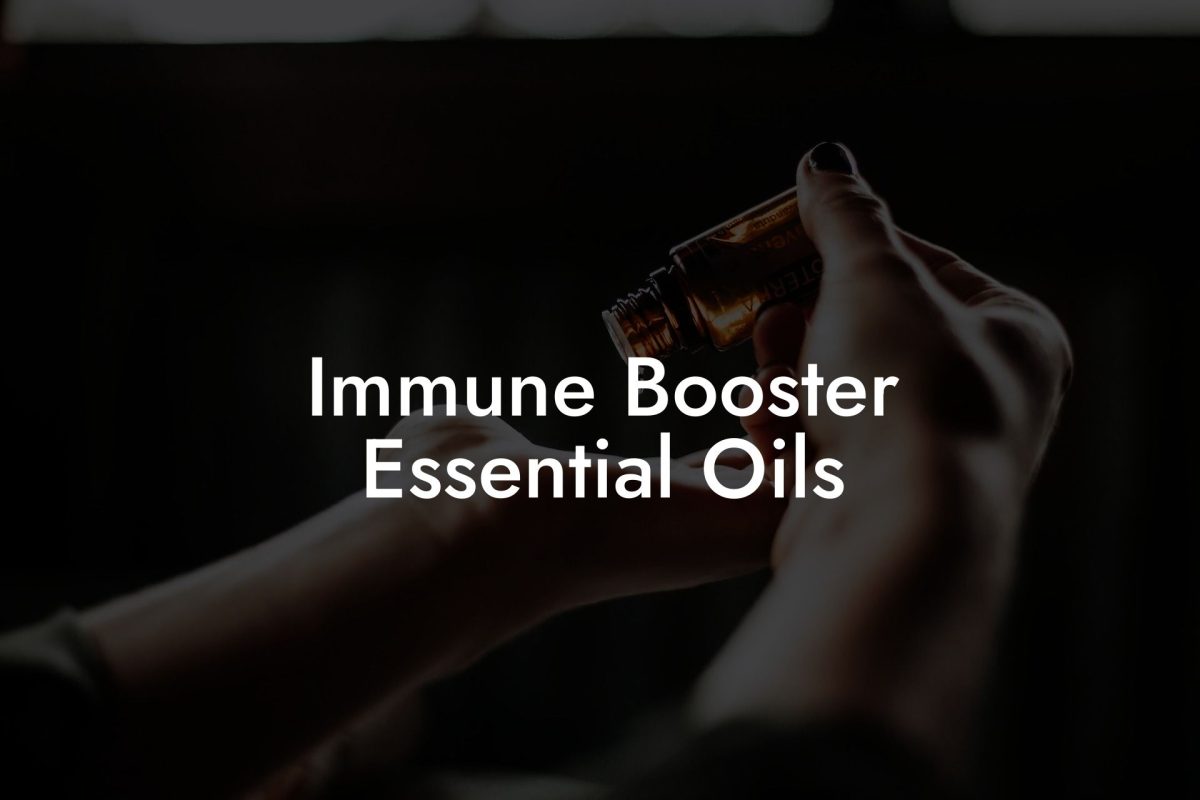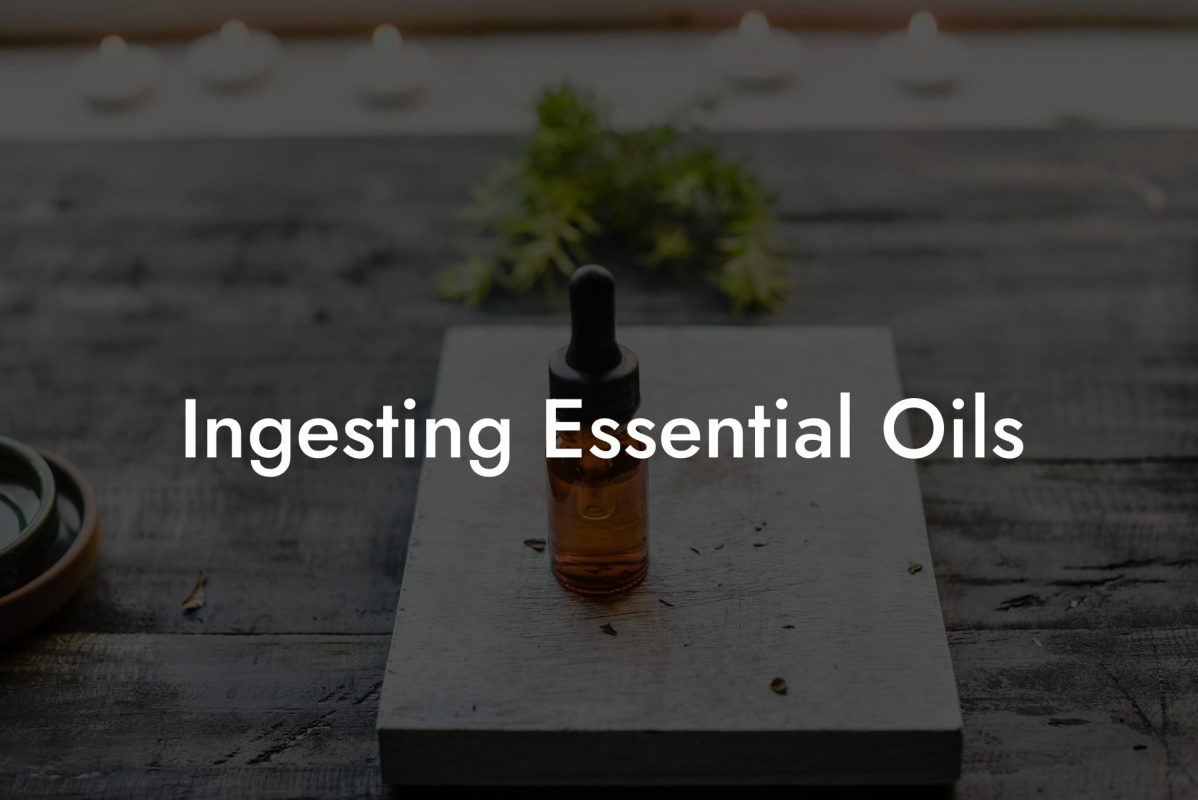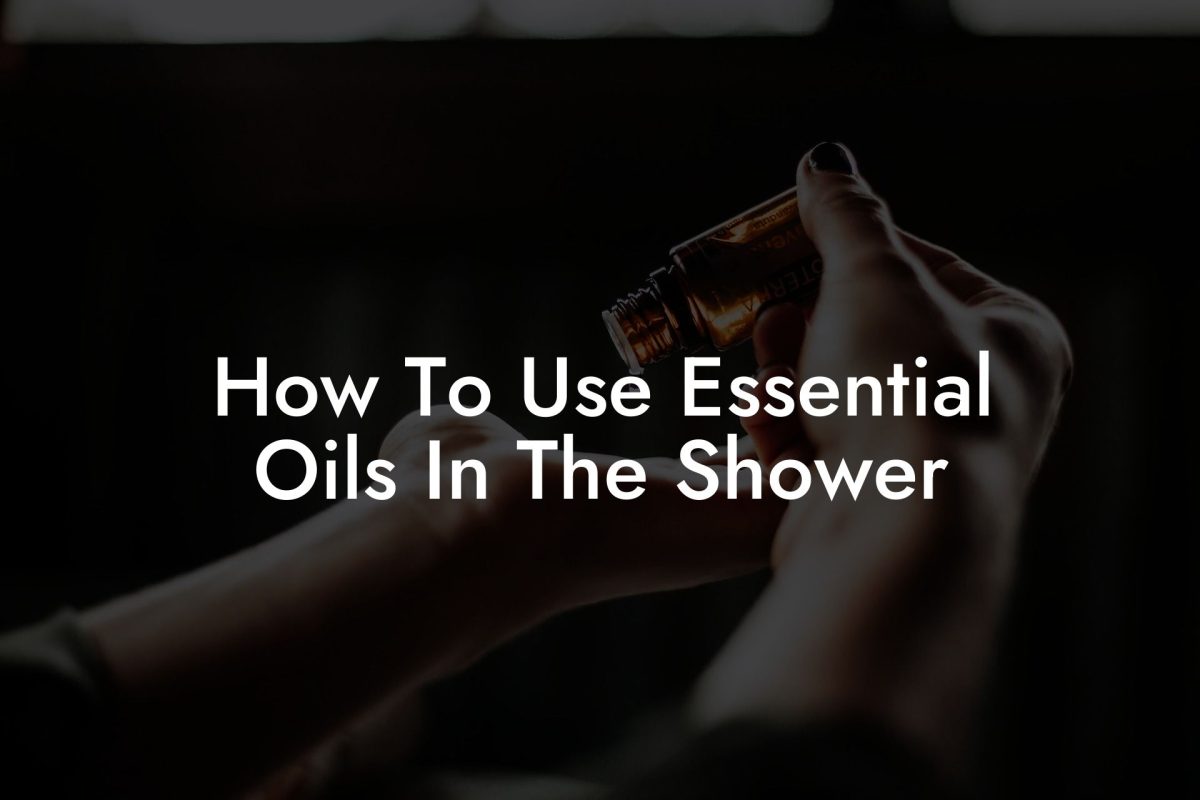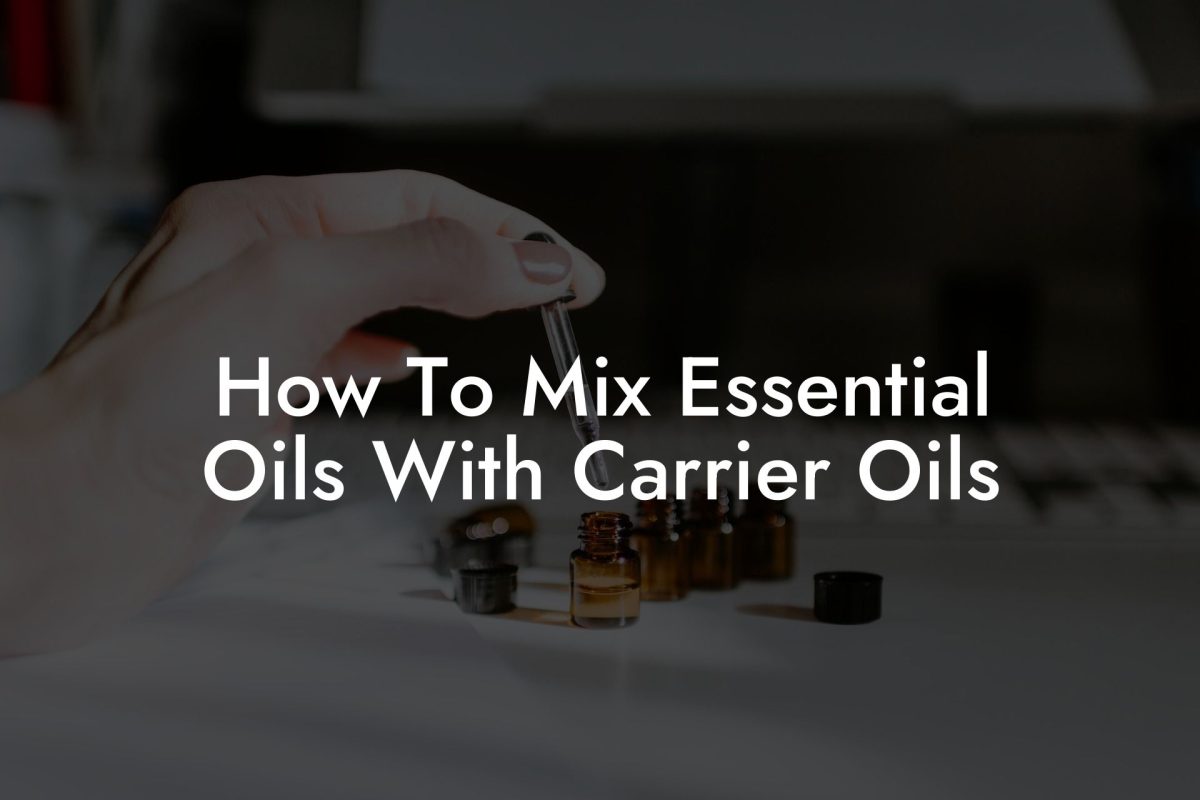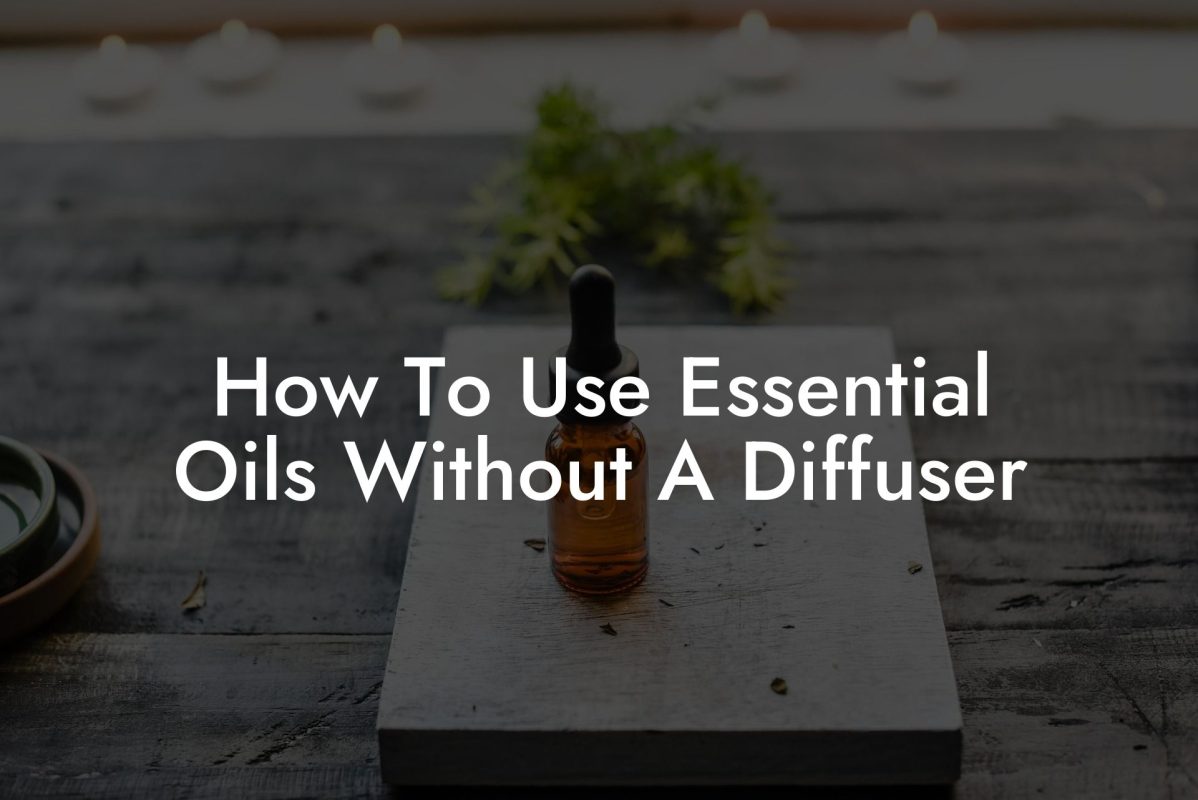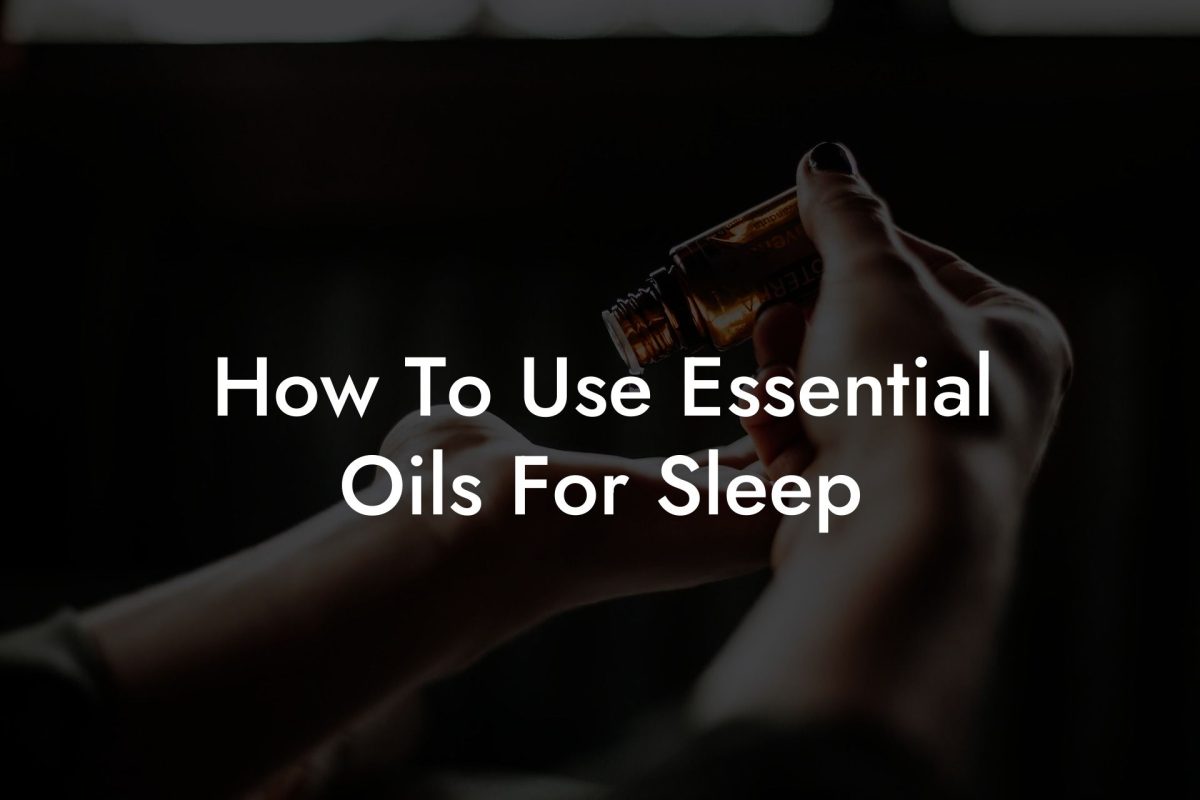The world of essential oils holds endless possibilities for transforming your everyday life, from soothing stress to promoting sleep and revitalizing energy levels. But how long do these precious oils retain their potency and efficacy? In this comprehensive guide, we will explore the shelf life of essential oils and provide a handy chart for convenient reference.
Table of Contents
Understanding the Shelf Life of Essential Oils
Essential oils are complex and volatile compounds extracted from various parts of plants such as flowers, leaves, stems, roots, and seeds. While they can bring countless benefits to your mental, emotional, and physical wellbeing, they are also sensitive to degradation caused by factors like light, heat, and air exposure over time.
Factors Affecting the Shelf Life of Essential Oils
- Light: Direct sunlight or strong artificial light can negatively impact the chemical composition of essential oils, causing them to lose potency. It’s essential to store essential oils in dark glass bottles and a cool, dark place.
- Heat: Extreme temperature fluctuations can accelerate degradation by altering the molecular structure of the essential oils. Again, always store your oils in a cool, dark place to prolong their effectiveness.
- Air & Moisture: Oxidation occurs when essential oils are exposed to air, diminishing their potency and even leading to rancidity in some cases. To prevent this, always keep the bottle’s lid tightly sealed, and minimize the time exposed to air when in use. Also, avoid introducing any moisture into your bottles by keeping them away from the direct steam or humidity.
- Quality: The shelf life of essential oils can be significantly impacted by the quality of the oil itself. High-quality essential oils sourced from reputable suppliers will generally have a longer shelf life. Additionally, proper distillation and packaging methods help preserve the quality of the oils for longer periods.
Shelf Life of Essential Oils Chart
Note that the following shelf life estimations are general guidelines and may vary depending on factors such as the quality of the oil and how it’s stored.
Citrus Oils
Examples: Lemon, Lime, Grapefruit, Bergamot, Orange
Shelf Life: 1-2 years
Floral Oils
Examples: Lavender, Rose, Geranium, Ylang Ylang, Jasmine
Shelf Life: 2-3 years
Herbaceous Oils
Examples: Marjoram, Basil, Thyme, Peppermint, Eucalyptus
Shelf Life: 3-4 years
Resin Oils
Examples: Frankincense, Myrrh, Benzoin
Shelf Life: 4-5 years
Woody Oils
Examples: Cedarwood, Sandalwood, Vetiver, Patchouli
Shelf Life: 4-8 years
Shelf Life Of Essential Oils Chart Example:
Imagine you bought a high-quality bottle of lavender essential oil two years ago for promoting a good night’s sleep. By considering the general guideline of a 2-3 year shelf life for floral essential oils, you can expect your lavender oil to continue to be effective around 3 years if stored and used correctly. However, remember that these estimations can vary depending on factors like storage conditions and oil quality.
Understanding the shelf life of essential oils helps you make the most of their myriad benefits and safeguards that you can rely on their potency and safety when needed the most. Embrace this knowledge to experience the remarkable world of essential oils to the fullest. Share this article with friends, family, and fellow essential oil enthusiasts to enlighten them on preserving the magic of their favorite oils for longer. Discover more expert advice and tips on essential oils and aromacology by exploring our other blog posts on Oshu Oils. And don’t forget to browse our exceptional range of essential oils to nourish your mind, body, and spirit.

